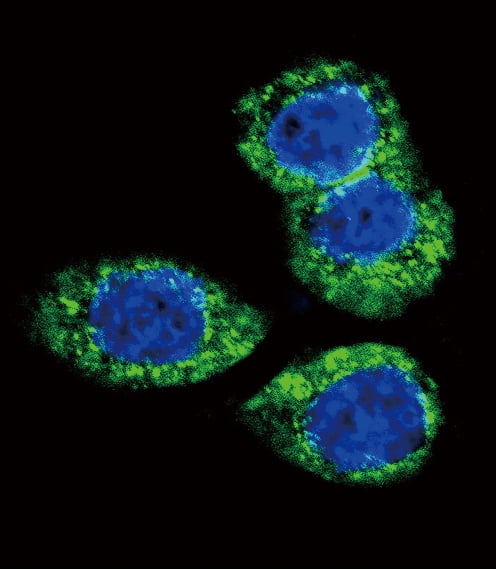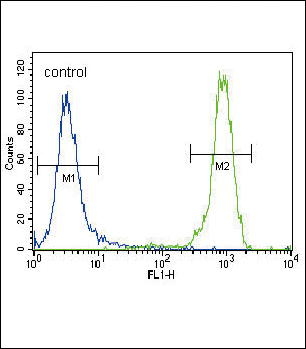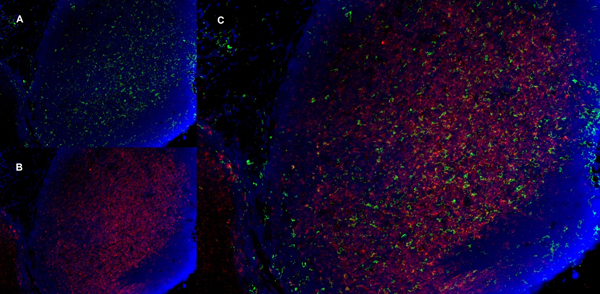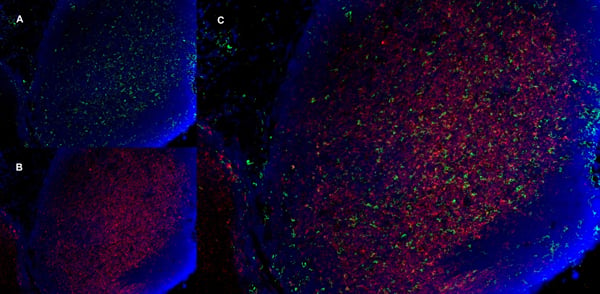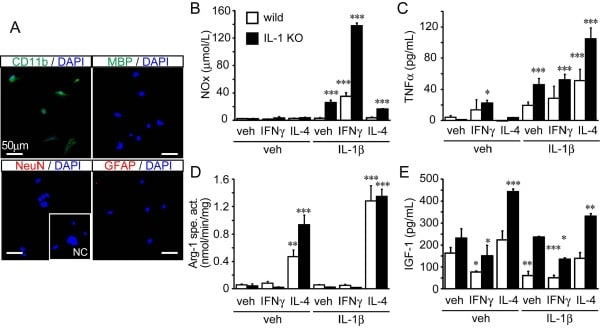Filters
Clonality
Type
Reactivity
Gene Name
Isotype
Host
Application
Clone
15 results for "Growth Markers" - showing 1-15
Growth Hormone, ELISA Kit (Cat# AAA14586)
FGFR2, Polyclonal Antibody (Cat# AAA14790)
Purified by Protein A affinity chromatography.




